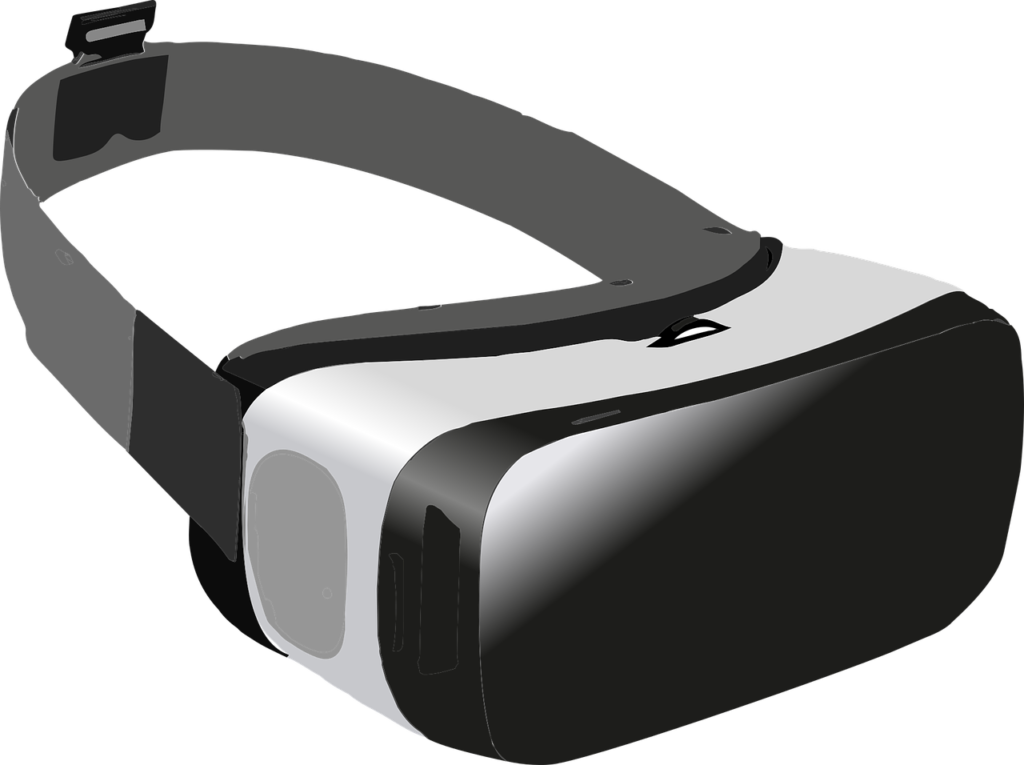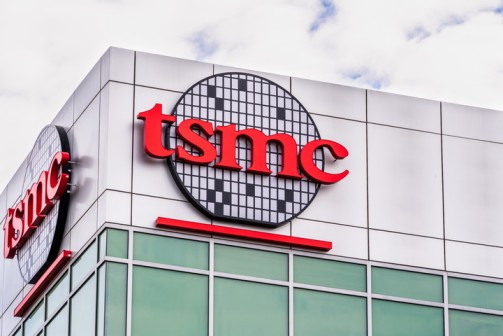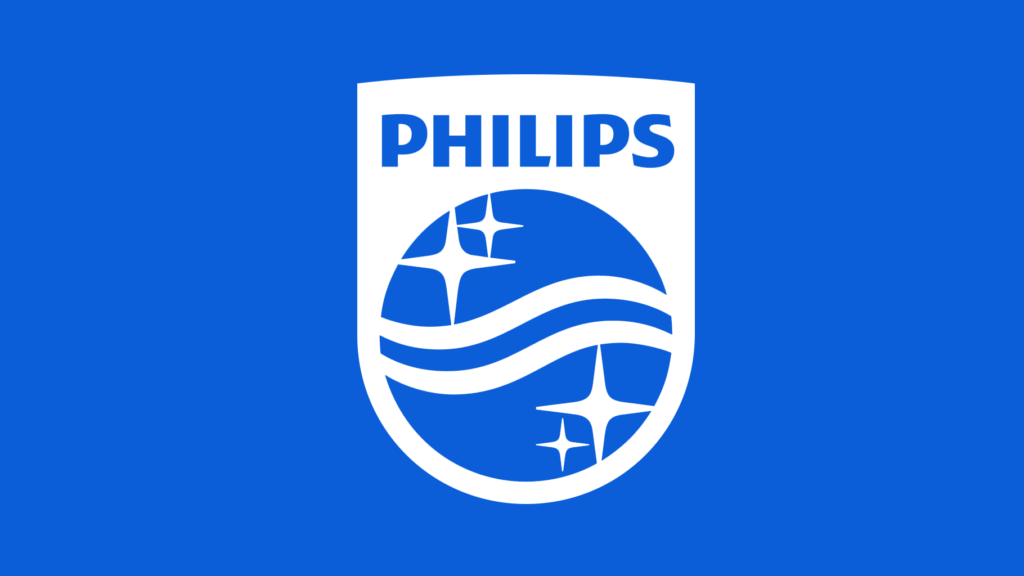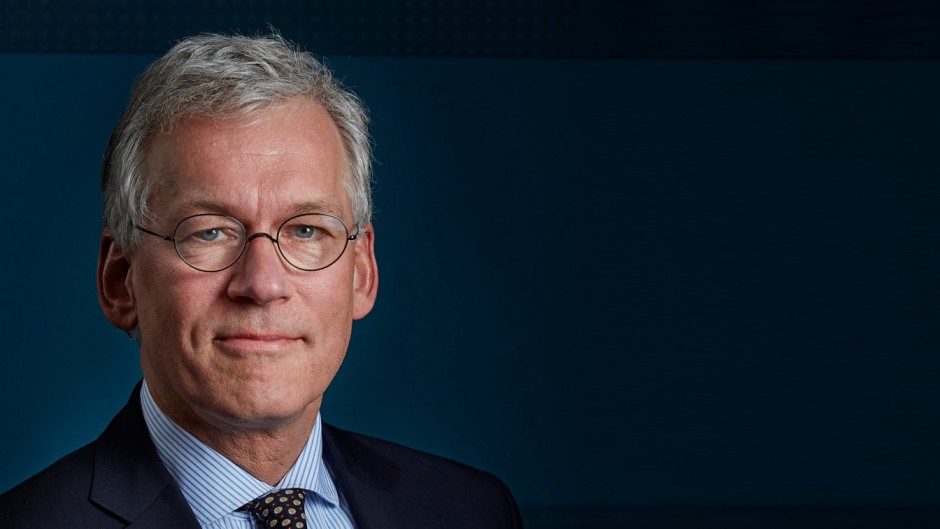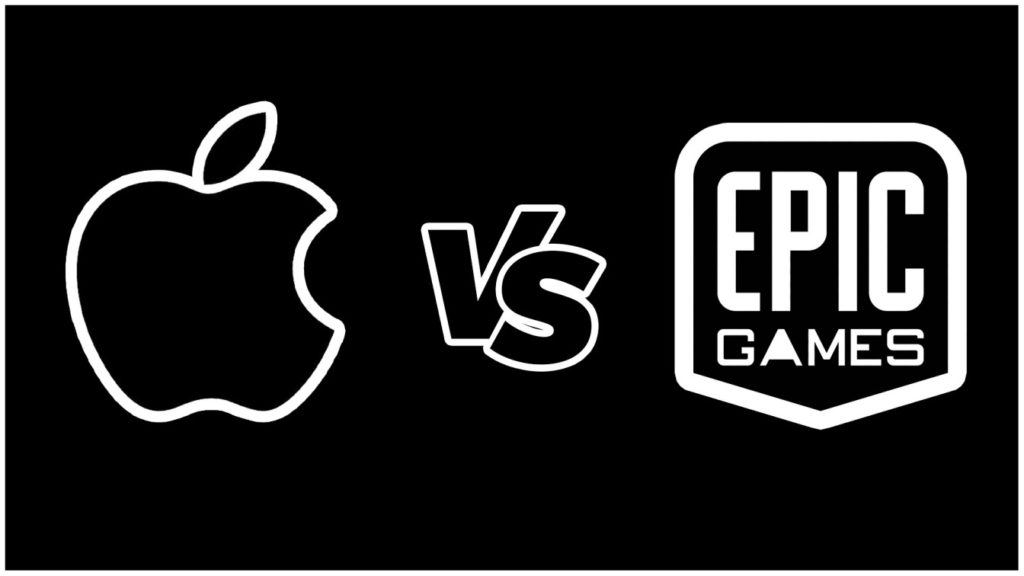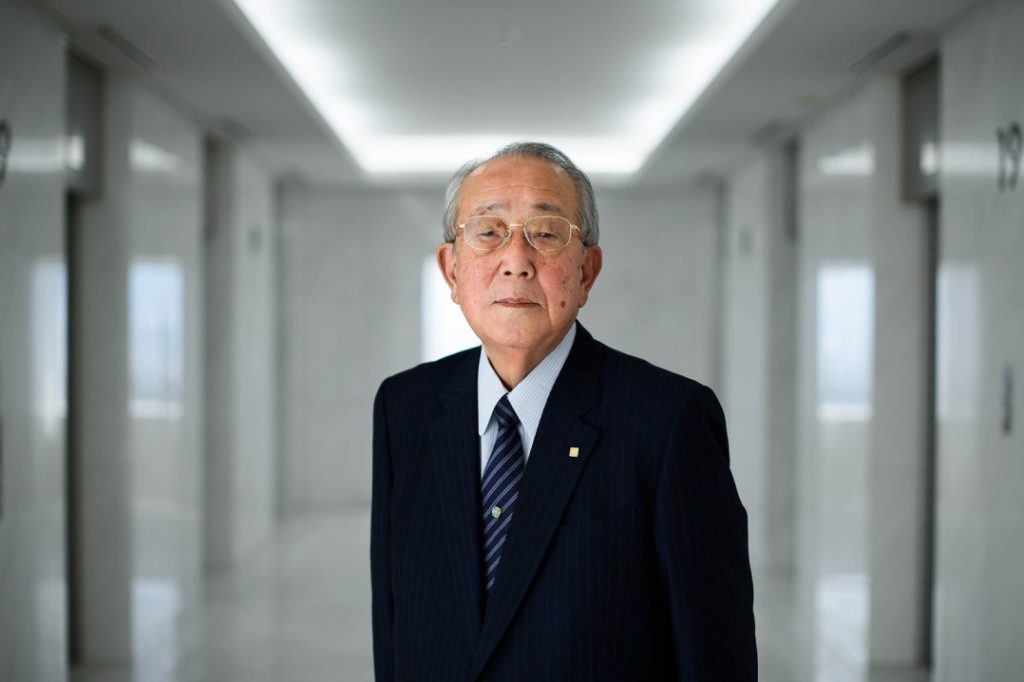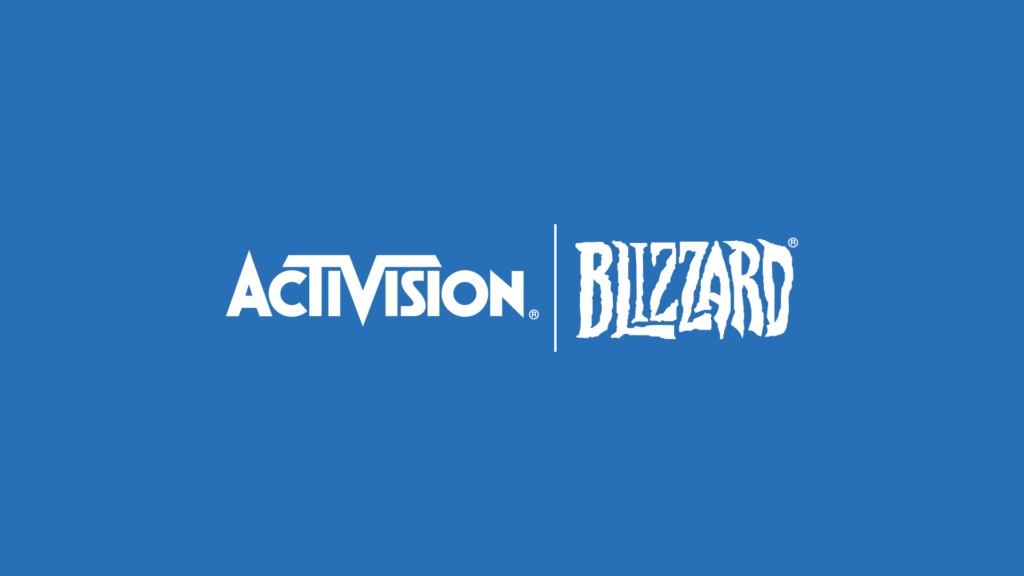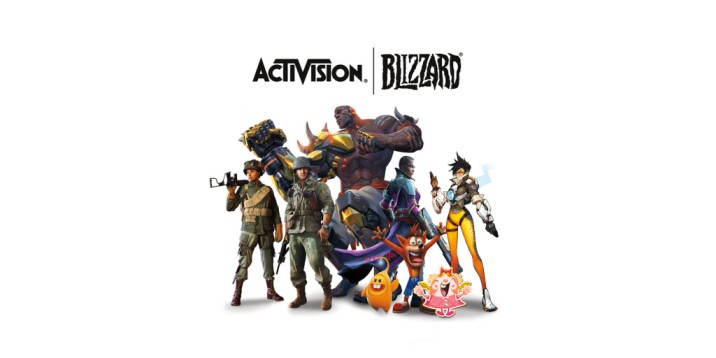UploadVR Reveals the Detailed Features of Sony’s Upcoming PS5 Next-Generation VR Headset
Sony announced its PlayStation5 next-generation VR headset in February 2021 and talked about some of its advanced features like a better field of view and higher resolution. But now, a story from UploadVR have given detailed information about these features of the VR headset by Sony. According to UploadVR, the new Sony VR headset will boast a 4K resolution, eye-tracking, and a vibration motor to enable the haptics.
The Announcement by Sony
In February, Sony announced that it is working on a next-generation VR headset for the PS5. The company did not give any information on the release date for the same but confirmed that 2021 won’t be the year for its launch. According to Sony, the headset will be a single cord high-resolution headset, with an improved field of view. The announcement from the company also included the release of the new development kits for its next-gen VR headset as well as the new VR controller, including some of the DualSense PS5 controller’s features.
The In-depth Reveal of the Features
Though the announcement by Sony did not include much about the features of the upcoming VR headset, the latest story by UploadVR gives a more extensive view of its major highlights.
The Resolution: UploadVR first talk about the high resolution of the headset, as it will boast a 4k resolution of 4000 x 2040 providing each eye with the 2000 x 2040 pixels experience. The first PlayStation VR only featured a 960 x 1080 pixels per-eye resolution. The resolution is even higher than the 1832 x 1920 pixels per eye resolution of the Oculus Quest 2. The higher the resolution better it will avoid the “screen-door effect” for the users giving them an even more realistic experience.
Separate Adjustable Dial for IPD: According to UploadVR reveal, the new Sony VR is also including a more adjustable dial for matching the IPD (interpupillary distance), i.e. to precisely measure the distance between the pupils of the eyes of the users. This way, the VR captures a perfect 3D image for the users.
Eye Movement Tracking: The new VR headset is enabled to track the eye movements added with the Foveated Rendering feature. According to UploadVR, the new headset will use eye movements as the input. The eye input of the users will also make the eye movement of their Avatar’s in the game look more realistic to the other players in the game.
Foveated Rendering: Then comes the super-popular graphical technique foveated rendering, which will render a more powerful GPU to the point the user is looking at. This way, GPU will be used majorly on the part where the user is focused, providing them more detailed scenes, and lesser GPU resources will be used on the other parts of the scene.
The Oculus Quest and Quest 2 also have included such feature with a similar name, ‘fixed foveated rendering’. But the said feature is selected manually, and the user though gets a better vision where their gaze is focussed, but the rest of area lacks in resolution and the user can see that. But the foveated rendering included in the Sony VR headset is capable of adjusting the resolution wherever the user gazes.
Inside-Out Tracking: The previously launched VR sets are known for having “outside-in tracking”, which means that there had to be some sensors set up in the play area to track the controllers and their position while playing. But the new Sony VR headset will include special cameras to track the controllers, eliminating the need of setting up external sensors.
Other than that, according to the alleged sources, the new VR headset from Sony is also going to feature haptic feedback via an inbuilt motor to provide the users with a better in-action experience. Also, the company has eliminated the juggling with wires as the headset is connected to the PS5 system only through a single USB type-c cord.
It has been four years since Sony came with its original VR headset and looking at the new features of the upcoming one, we can clearly say that the company has put all its learning from the past in improving the new gadget for its users in every which way. Now, we just need to wait for the launch of the actual headset and see if it works as expected or fails the expectations of its users.

Yashica is a Software Engineer turned Content Writer, who loves to write on social causes and expertise in writing technical stuff. She loves to watch movies and explore new places. She believes that you need to live once before you die. So experimenting with her life and career choices, she is trying to live her life to the fullest.
